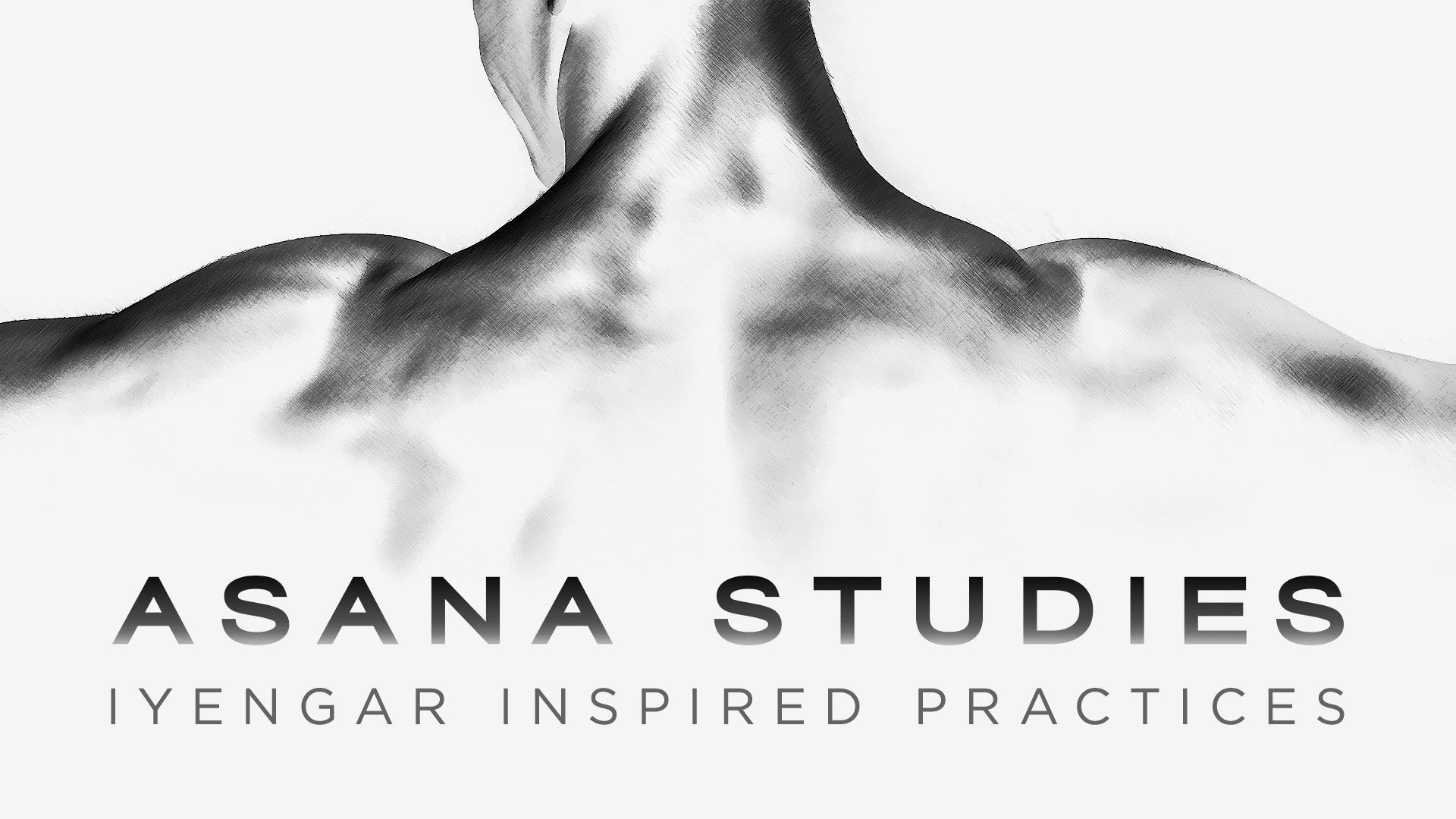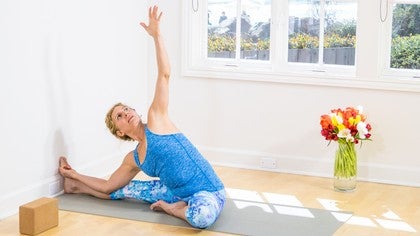Description
About This Video
Transcript
Read Full Transcript
(water splashing) So hello and welcome, and we're gonna take a few moments to talk about shoulder anatomy and the importance of neutral in anatomy or creating balance in anatomical structures just so that our movement is very easy and fluid in our shoulders specifically. So, basic anatomy of the shoulder. The breast bone, which is connected to the rib cage, but our clavicle, which is the main, where the stable part of our shoulder girdle, this is where the shoulder girdle gets nailed down, and otherwise it's very fluid structure. So, the clavicle moves out laterally, and meets the scapula at the shoulder joint. So, the upper arm comes up, and connects to the scapula, and there's a little relationship of the clavicle to the shoulder joint, but it's mostly the scapula and the humerus.
So, let's take a moment. Just bring that opposite hand around. Let's bring the left hand around, and reach around, see if you can find, so you may be able to find the medial edge, or the edge of the scapula closest to the spine, or if you can't feel that, you can feel the lateral edge close to the armpit. You can feel the top edge. Alright, there's a kind of bony landmark, and this is also hand back here where our rotator cuffs lie, and that's it.
That's basically the anatomy of the shoulder girdle. So, this movable structure that really saddles, it just kinda sits like a saddle on the rib cage, and what we're looking for is a balance in that placement. So, if the chest bone muscles are very tight, it tends to pull the arm bone forward, pulling the clavicle forward, pulling the shoulder blade. You'll see. Shoulder blade gets pulled, kind of out and forward.
When the neck muscles, the one specifically on the head that connect to the clavicle are tight, they tend to pull the head forward. So, most of us sitting at a desk, or working with our hands in front of us have this shorter muscles in the chest, and the head slightly in front of the rest of the body. So, one more interesting little tidbit is the triceps connects to the scapula, and the biceps connects to the scapula. So, when the arm's tight, it tends to pull again the shoulder blades out away from the spine. So, the simple, or the most, I would say, efficient pose, or place for the scapula, is to be kind of somewhat drawn in towards the spine, but relaxed down, so that the shoulder blades, the medial wall of the shoulder blades runs parallel to the spine, rather than pulled out or up.
Okay.
Asana Studies: Padma Borrego
Comments
You need to be a subscriber to post a comment.
Please Log In or Create an Account to start your free trial.








